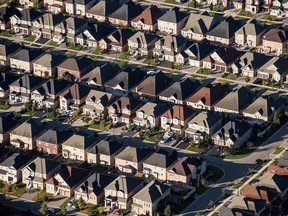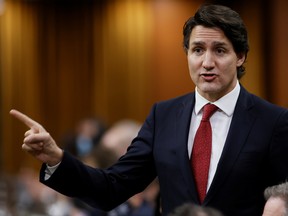Overview of Forecast Changes
Goldman Sachs Group Inc. economists have revised their outlook for U.S. economic growth this year, projecting a harder path ahead for consumers than initially anticipated. The revised forecast now anticipates a 5.7% growth rate for 2021, down from the previously expected 6%. economist Ronnie Walker explained that this lower projection reflects growing concerns about weaker demand and tighter fiscal conditions.
Walker emphasized that the revised forecast is driven by factors such as reduced consumer spending amid the emergence of the Delta variant, fading fiscal support measures, and a shift in demand toward services over goods. He also noted supply-chain disruptions complicating inventory restocking efforts, which pose significant challenges for sustained consumption growth.
Implications of the Downgraded Forecast
The revised outlook has broader implications for the U.S. economy. With consumer spending being a key driver of economic growth, the weaker forecast suggests potential vulnerabilities in the nation’s economic resilience. The Federal Reserve and other policymakers will need to closely monitor these developments as they assess the impact on inflationary pressures and overall market stability.
Impact on Key Economic Indicators
The downward adjustment in growth projections could also influence expectations for key economic indicators such as personal income, employment data, and consumer confidence. These factors are closely watched by analysts and investors who use them to gauge the health of the economy and make informed decisions about financial strategies.
Contagious Concerns and Market Impact
Given the uncertainty surrounding the revised forecast, markets may react with heightened caution. Investors could anticipate a more cautious approach from central banking institutions as they navigate the balance between supporting economic growth and maintaining price stability.
Conclusion
Goldman Sachs’ revised U.S. growth outlook underscores the complexities of current economic conditions. The downward adjustment reflects a recalibration of expectations in light of emerging challenges, such as supply chain disruptions and consumer behavior changes. Policymakers and financial markets will need to remain vigilant as these factors continue to shape the trajectory of U.S. economic development.
















